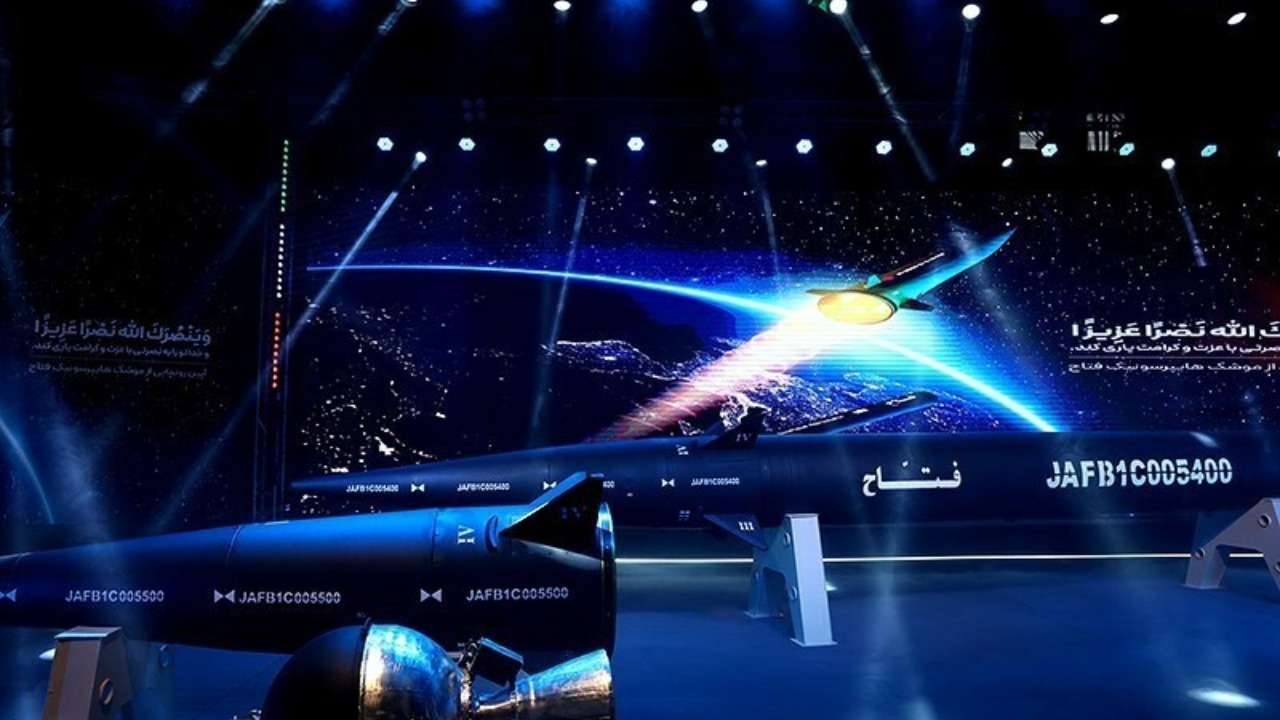
The United States, once a leader in hypersonic technology, has seen its dominance wane over the past decade. Despite early advancements, a combination of strategic missteps and aggressive competition has left the US trailing behind global adversaries. This article delves into the factors that contributed to the erosion of the US hypersonic edge.
The Rise of Hypersonic Technology
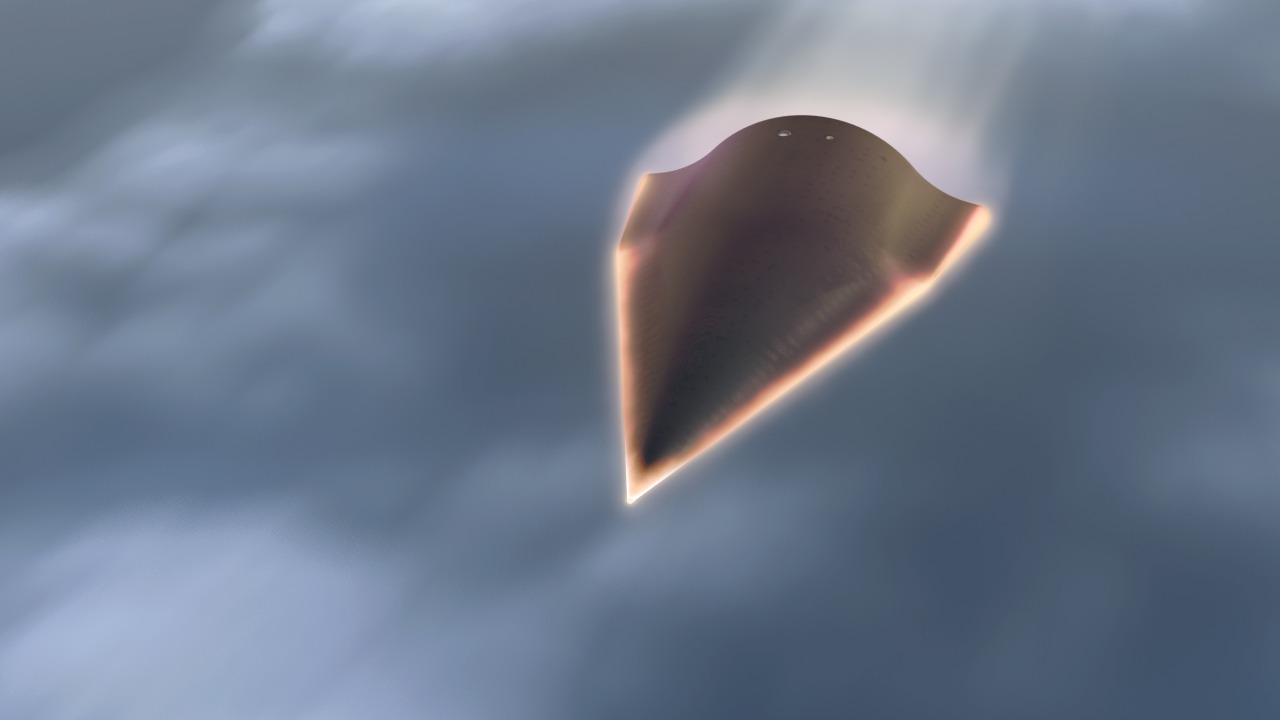
Early Innovations and Leadership
During the Cold War, the United States was at the forefront of hypersonic technology, investing heavily in research and development to gain a strategic advantage. Key milestones included the X-15 program and the development of the Space Shuttle, both of which demonstrated the potential of hypersonic flight. These early innovations laid the groundwork for what was expected to be a dominant position in hypersonic capabilities.
The US continued to push the boundaries of hypersonic research through various government and private sector partnerships. The collaboration resulted in significant advancements, such as the development of scramjet engines and advanced thermal protection systems. However, these early successes were not built upon as effectively as they could have been, setting the stage for other nations to catch up and eventually surpass US capabilities.
Strategic Importance of Hypersonics
Hypersonic technology holds immense strategic importance due to its ability to deliver payloads at unparalleled speeds, making it a game-changer in military applications. Hypersonic vehicles can travel at speeds exceeding Mach 5, allowing them to penetrate enemy defenses and strike with precision. This capability is crucial for maintaining a strategic edge in modern warfare.
The military significance of hypersonic systems cannot be overstated. They are poised to revolutionize defense strategies by enabling rapid response capabilities and enhancing deterrence. As global threats evolve, the ability to deploy hypersonic weapons could play a pivotal role in national security, underscoring the need for continued investment and innovation in this field.
Strategic Missteps and Challenges
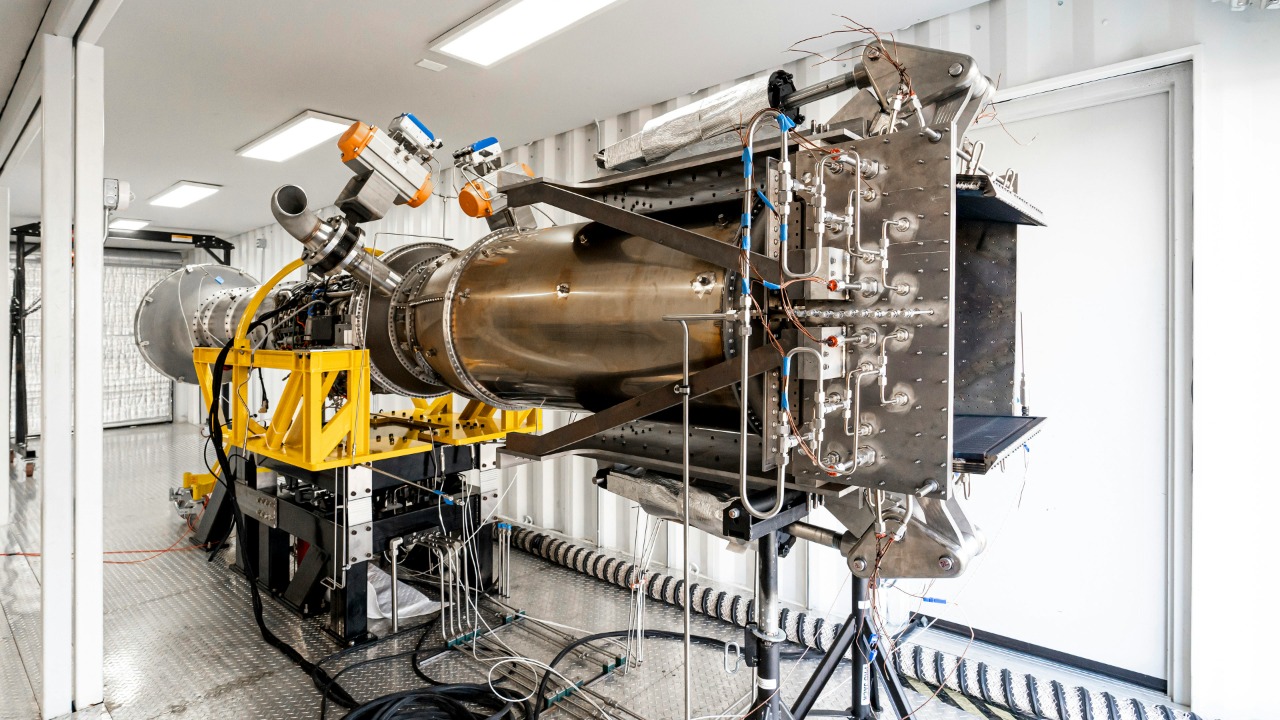
Funding and Resource Allocation
One of the primary reasons for the US’s lag in hypersonic technology is inadequate funding and resource allocation. Budgetary constraints have often led to the reallocation of funds from hypersonic projects to other defense priorities. This lack of consistent investment has hindered the pace of development and allowed competitors to close the gap.
In contrast, nations such as China and Russia have invested heavily in hypersonic technology, with dedicated programs and substantial financial backing. This commitment has enabled them to achieve significant breakthroughs and deploy operational systems, putting the US at a disadvantage. A comparison of competitor nations’ investment in hypersonics highlights the disparity in funding and resources, contributing to the current state of affairs.
Policy and Bureaucratic Hurdles
Policy decisions and bureaucratic inefficiencies have further exacerbated the challenges faced by US hypersonic programs. Overly complex regulatory frameworks and lengthy approval processes have stifled innovation and slowed the pace of development. These bureaucratic hurdles have often resulted in missed opportunities and delayed project timelines.
Examples of bureaucratic inefficiencies include cumbersome procurement processes and a lack of streamlined communication between various government agencies. These obstacles have not only hindered progress but have also led to a loss of strategic momentum, allowing other nations to capitalize on the US’s stagnation in hypersonic technology.
Global Competition and Technological Advancements
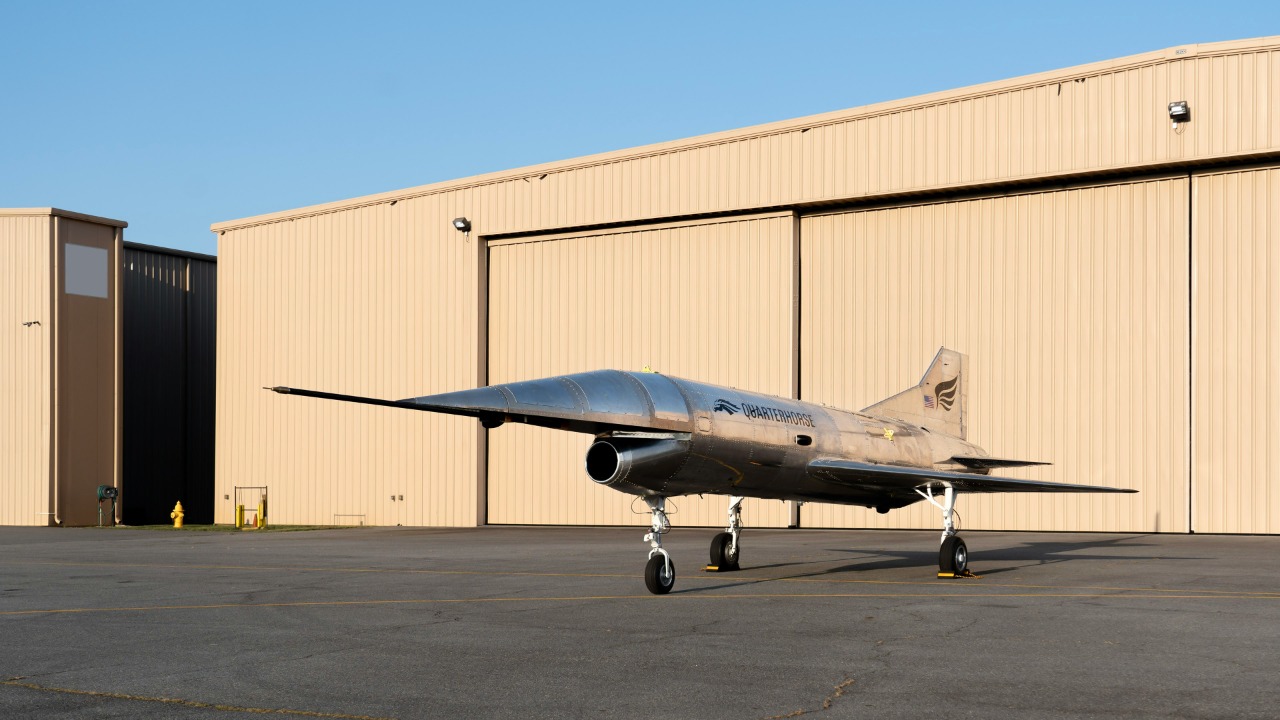
Emergence of New Global Players
In recent years, several countries have emerged as strong contenders in the field of hypersonic technology. Nations such as China, Russia, and India have made significant strides, developing advanced hypersonic systems that rival or surpass those of the US. These countries have prioritized hypersonic research and development, recognizing its strategic importance in modern warfare.
China, in particular, has invested heavily in hypersonic programs, achieving notable milestones such as the successful testing of hypersonic glide vehicles. Similarly, Russia has deployed operational hypersonic missiles, showcasing their capabilities on the global stage. An overview of countries with advanced hypersonic capabilities highlights the growing competition and the need for the US to reassess its strategic approach.
Technological Leapfrogging
The rapid pace of technological advancements by competitor nations has led to instances of technological leapfrogging, where they have overtaken the US in certain aspects of hypersonic technology. Breakthroughs in areas such as propulsion systems, materials science, and guidance systems have enabled these countries to achieve operational capabilities faster than anticipated.
The impact of these advancements on the global military balance is significant, as it challenges the traditional dominance of the US in advanced military technologies. This shift in capabilities has prompted a reevaluation of defense strategies and highlighted the urgency for the US to regain its technological edge.
Internal Challenges and Program Setbacks
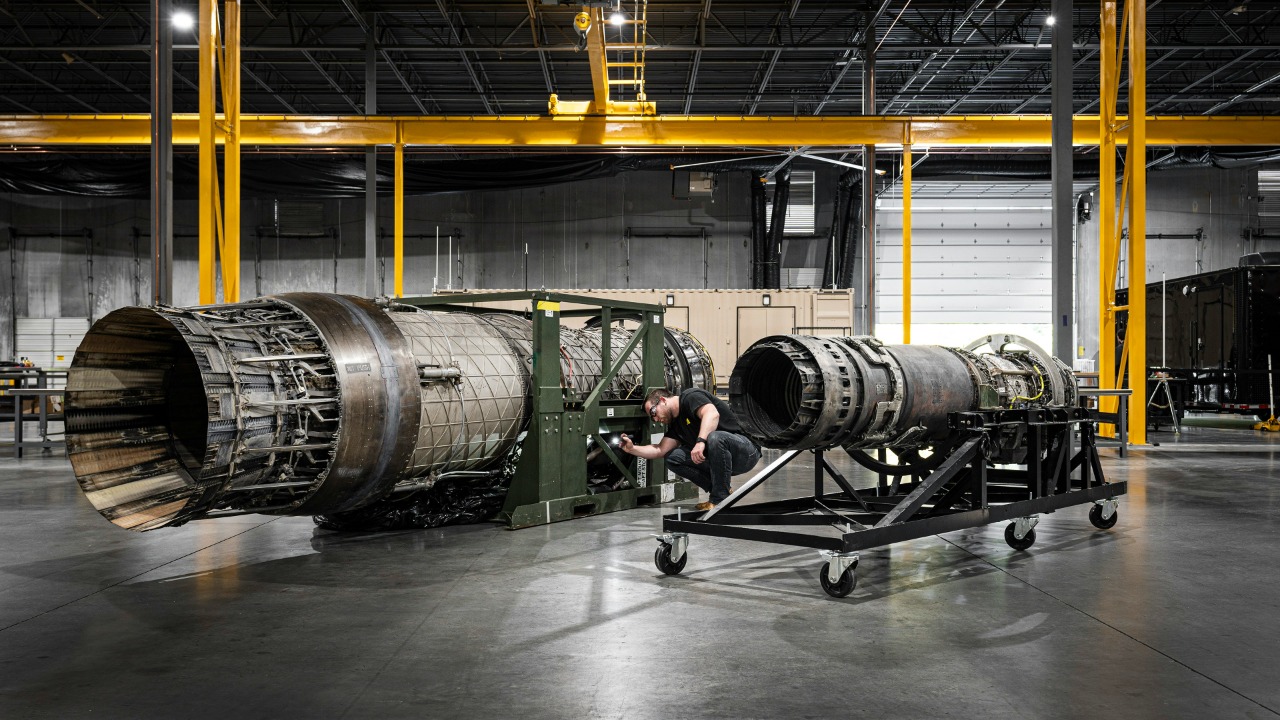
Technical and Engineering Barriers
The development of hypersonic technology is fraught with technical and engineering challenges, many of which have hindered the progress of US programs. Achieving stable and reliable hypersonic flight requires overcoming obstacles such as extreme heat management, material durability, and precise control systems.
Case studies of failed projects or setbacks, such as issues with scramjet engine development or unsuccessful test flights, illustrate the complexities involved. These challenges have led to delays and increased costs, further complicating efforts to advance US hypersonic capabilities.
Leadership and Vision Gaps
Leadership turnover and a lack of clear strategic vision have also contributed to the setbacks experienced by US hypersonic programs. Frequent changes in program leadership have disrupted continuity and hindered long-term planning, making it difficult to maintain a consistent trajectory in research and development efforts.
An assessment of strategic vision and long-term planning deficiencies reveals the need for a cohesive approach that aligns with national defense priorities. Addressing these gaps is crucial for revitalizing hypersonic programs and ensuring that the US can compete effectively on the global stage.
Future Prospects and Strategic Reorientation
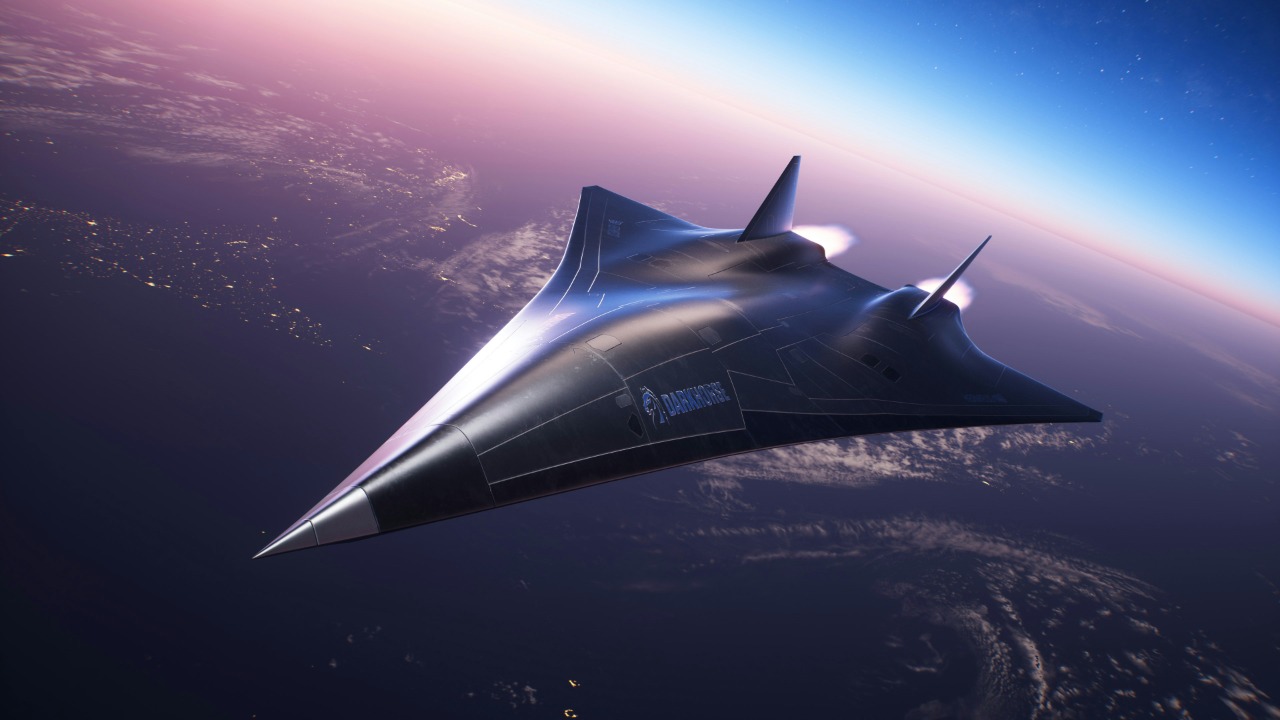
Opportunities for Regaining Leadership
Despite the challenges, there are opportunities for the US to regain its leadership position in hypersonic technology. Potential strategies include increasing investment in research and development, fostering public-private partnerships, and pursuing international collaborations to leverage global expertise.
By focusing on innovation and streamlining bureaucratic processes, the US can revitalize its hypersonic programs and reestablish itself as a key player in this critical field. Embracing a proactive approach to strategic reorientation will be essential for overcoming existing challenges and harnessing the full potential of hypersonic technology.
Innovations on the Horizon
Promising technological developments and research initiatives offer hope for a renewed US hypersonic strategy. Advances in areas such as advanced materials, propulsion systems, and autonomous control present opportunities for breakthroughs that could redefine the landscape of hypersonic capabilities.
By investing in these cutting-edge technologies and fostering a culture of innovation, the US can position itself to capitalize on future advancements. A commitment to long-term planning and strategic vision will be crucial in ensuring that these innovations translate into operational successes and enable the US to regain its hypersonic edge.